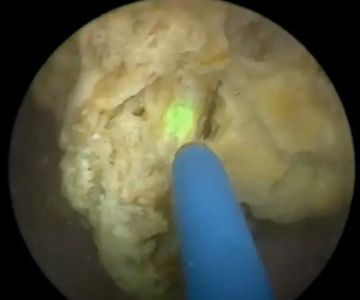- 1 - Importance-Of-Routine-Pet-Health-Tests
- 2 - Common-Blood-Tests-For-Pets
- 3 - Urine-And-Fecal-Tests-In-Pet-Health-Screening
- 4 - Imaging-And-Other-Diagnostic-Tools
- 5 - Real-Case-Insights-On-Pet-Health-Tests
- 6 - How-To-Prepare-Your-Pet-For-Health-Tests
1. Importance of Routine Pet Health Tests
Understanding common pet health tests is vital for proactive pet care. Routine diagnostic screenings help detect health issues early, often before visible symptoms appear. These tests provide veterinarians with critical information to tailor treatments and monitor your pet’s overall wellness.
Regular testing plays a key role in managing chronic diseases, nutritional health, and detecting infections, allowing timely interventions that improve quality of life for pets.

VCA Arboretum View Animal Hospital, 2551 Warrenville Rd, Downers Grove, IL 60515, USA
See Details1.1 Preventive Care through Testing
Many pet owners are surprised how routine tests can identify hidden problems. For example, early kidney dysfunction or diabetes can be spotted through simple blood and urine tests during annual exams.
2. Common Blood Tests for Pets
Blood work is among the most frequent health tests performed in veterinary clinics. Understanding common pet health tests includes knowing the types of blood tests:
- Complete Blood Count (CBC): Evaluates red and white blood cells to check for anemia, infection, or inflammation.
- Blood Chemistry Panel: Assesses organ function such as liver, kidneys, and pancreas by measuring enzymes and metabolites.
- Thyroid Function Tests: Detects hormonal imbalances affecting metabolism and energy levels.
These tests provide a comprehensive overview of your pet’s internal health status.
2.1 Interpreting Blood Test Results
Results must be interpreted carefully alongside clinical signs. For instance, elevated liver enzymes might indicate liver stress, requiring further diagnostics or lifestyle adjustments.
3. Urine and Fecal Tests in Pet Health Screening
Urine analysis is another common diagnostic tool used to screen for urinary tract infections, kidney disease, or diabetes. It can reveal abnormalities such as protein, glucose, or blood in the urine.
Fecal testing is essential for detecting intestinal parasites or digestive disorders. Regular fecal exams help maintain gut health and prevent transmission of parasites to humans or other pets.
3.1 Case of Early Infection Detection
A client recently brought in their cat for a routine checkup; urine tests revealed an early urinary tract infection before symptoms developed, allowing for prompt treatment and avoiding complications.
4. Imaging and Other Diagnostic Tools
Besides lab tests, imaging techniques such as X-rays, ultrasounds, and ECGs form part of understanding common pet health tests. These tools help visualize internal organs, detect tumors, fractures, or heart abnormalities.
Advanced diagnostics like ultrasound-guided biopsies allow minimally invasive tissue sampling to further clarify diagnoses.
4.1 Technology Enhancing Veterinary Care
Veterinary practices increasingly utilize these tools to improve diagnostic accuracy, making it easier to customize treatment plans and track recovery.
5. Real Case Insights on Pet Health Tests
Hidden Brook Veterinary recently shared a case where routine blood work caught early kidney disease in a senior dog. Early diagnosis enabled dietary changes and medication that significantly extended the pet’s quality of life.
These stories emphasize the power of regular testing and attentive veterinary care.
6. How to Prepare Your Pet for Health Tests
Preparation can ease stress and improve test accuracy. Fasting before blood tests is often recommended. Bring your pet’s medical history and any recent changes in behavior to help veterinarians interpret results effectively.
For expert advice and access to comprehensive pet health testing services, consider consulting with Hidden Brook Veterinary. Their professional care and advanced diagnostics ensure your pet’s health is monitored thoroughly.
Understanding common pet health tests empowers you as a pet owner to advocate for your companion’s wellbeing and enjoy many healthy years together.










